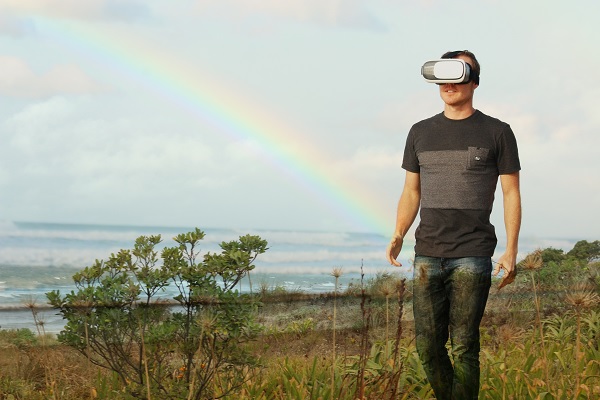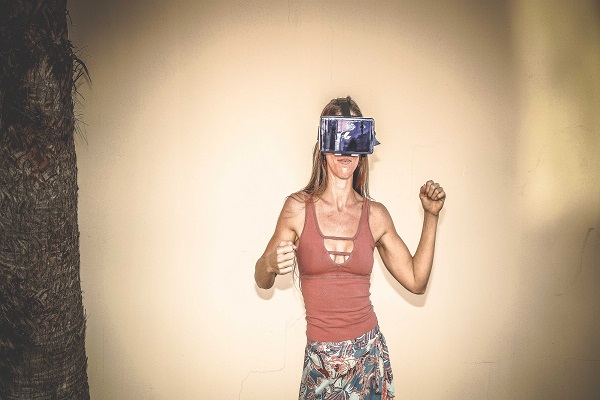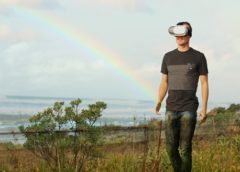
It has taken years for people in the sports industry to realize the true potential that VR and AR tech has to revolutionize the business. But all that has changed in recent times with professional teams using it for everything from enhanced fan engagement to offering VIP stadium seating and tours without the normally daunting price tags.
Below are just some of the ways that this exciting tech is being integrated into the sporting experiences and lives of fans and pro athletes alike.
BBC Brings Live World Cup Matches to Your Living Room
The UK’s BBC became one of the innovators in the field in 2018, introducing a World Cup app that allowed people to use their VR headsets to take up virtual reality seats within a live stadium setting.
The results were stunning, allowing fans to access a view and atmosphere that would otherwise cost hundreds or thousands of dollars.
Such technology is only set to proliferate and will have profound implications for the future of the live sport. With many soccer fans already shunning overpriced stadiums for 8K television sets, the lure of always being in the front row thanks to VR may be impossible to resist, with fans staying at home to cheer on their team and select their free bets in peace.

Fan Engagement Beyond Match Day
Slowly but surely VR is also enabling the marketing and publicity departments of sports franchises and organizations to develop products that give fans unfettered access.
For example, NASCAR recently introduced a feature that allowed sports enthusiasts to virtually sit in a real-life pre-race driver meeting. Another great instance of this is the “Pose with the pros” feature used by the Dallas Cowboys, which allows fans to pose for selfies with star players, using special AR LED terminals stationed all around the stadium.
Practice in VR Mode Makes for Great Results in Reality
Of course, it is not just fans who are benefiting from VR tech. Sports stars are also being treated to incredible new training programs thanks to its varied applications.
Nowhere has this been more the case than in F1, where drivers prepare for races by taking a virtual reality tour of the track, memorizing every apex and break point as they go.
